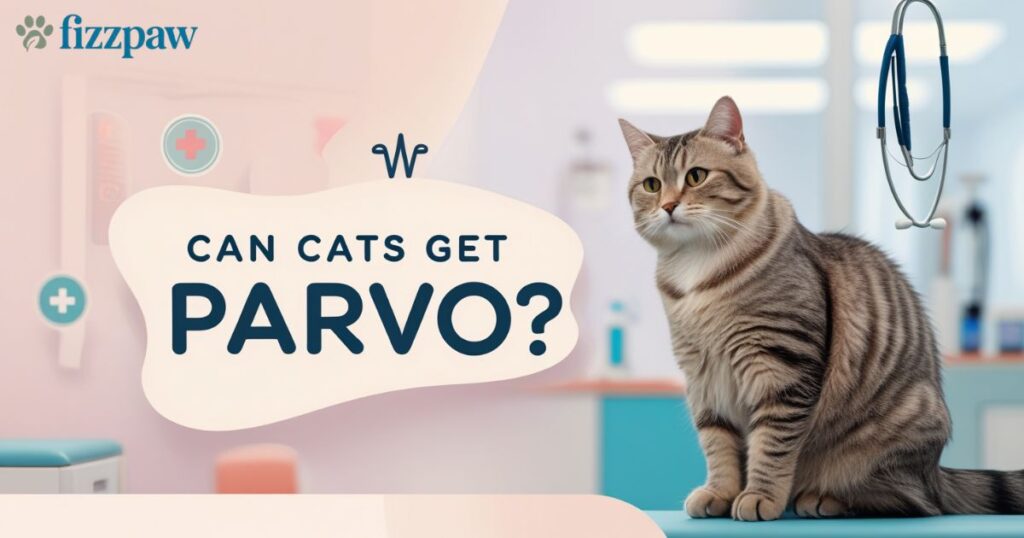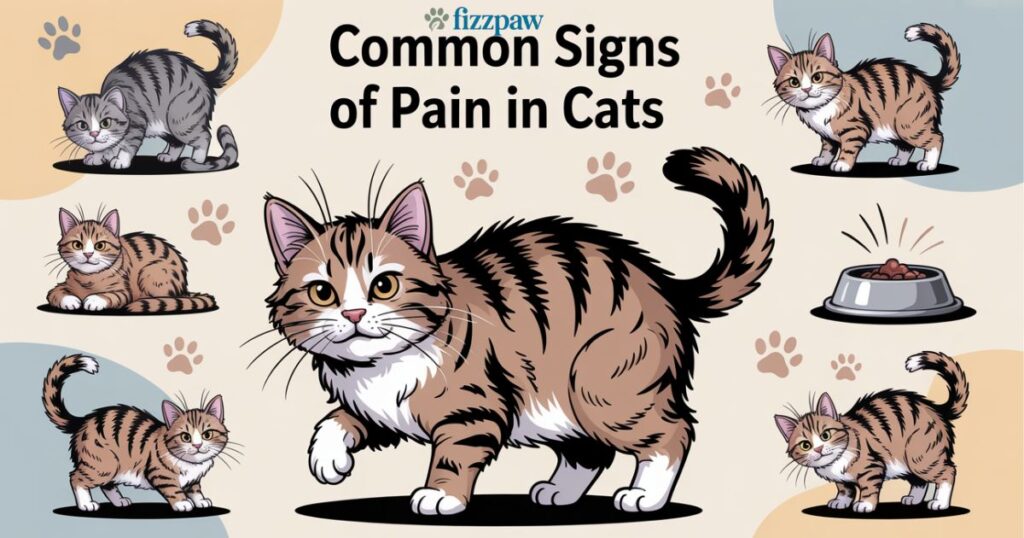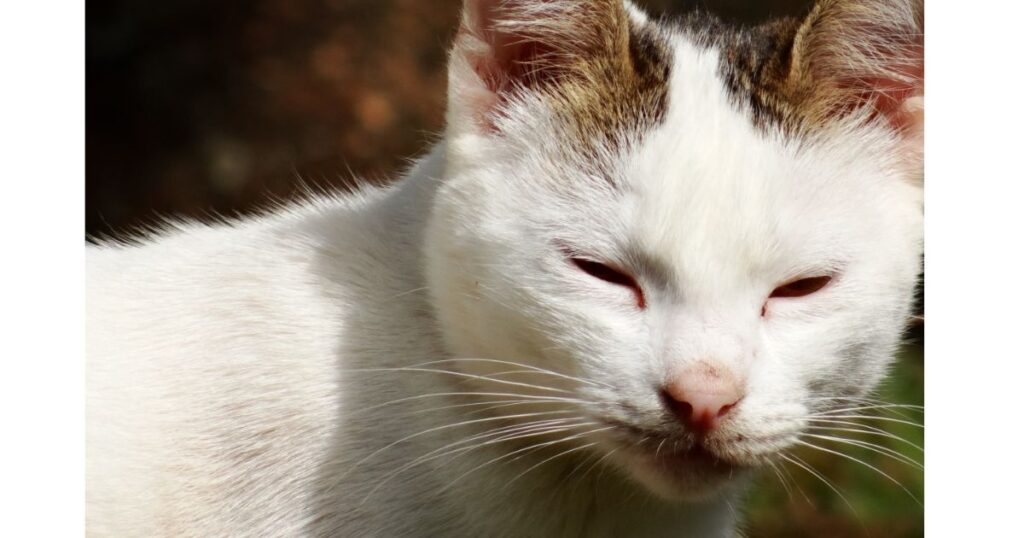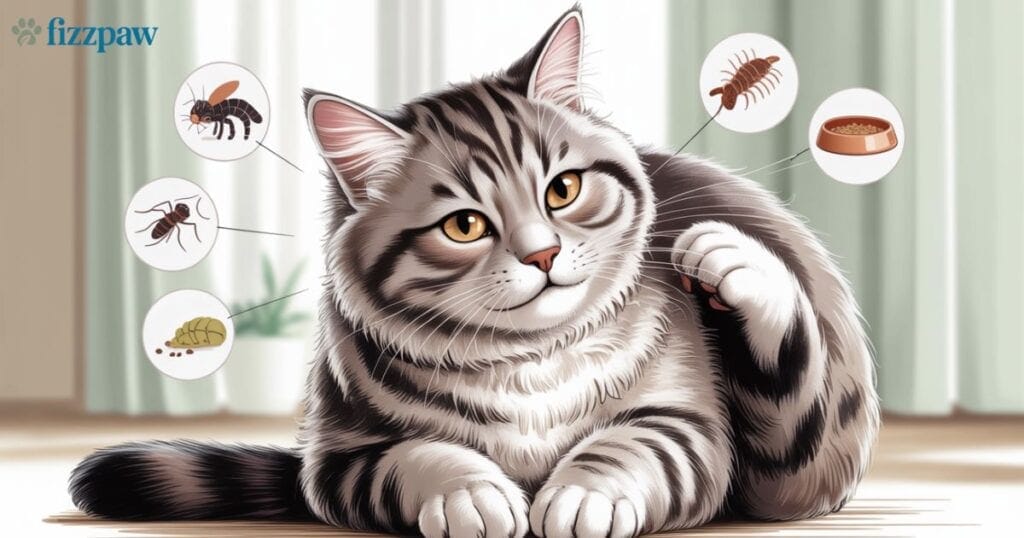Can cats get parvo? The answer is yes, but it’s a different type than the one found in dogs. In cats, this virus is known as feline parvovirus, which is also called feline panleukopenia or feline distemper. This is a serious, contagious illness that mostly affects kittens and unvaccinated cats.
The virus spreads rapidly and targets cells that divide quickly, especially in the intestines and bone marrow. This causes symptoms like cat virus diarrhea, vomiting, and extreme weakness. Early signs of infection can be hard to spot, but timely care can save lives. Understanding how this virus spreads and how to protect your cat is the first step to preventing a dangerous outbreak in your home or multicat household.
What Is Feline Parvovirus?
Feline parvovirus, also called feline panleukopenia, is a serious illness that affects a cat’s digestive tract, including the stomach and intestines, as well as their immune system. It’s not like the type that is found in dogs. However, more recent strains of canine parvovirus can affect cats. This is a very risky virus, particularly for cats that aren’t vaccinated and kittens. The condition is also referred to as panleukopenia in cats, meaning that there is a decrease in all kinds of blood white cells. The virus is the reason why it reduces the immune system’s strength quickly.
For kittens in the early stages, the virus may cause brain damage before birth if the mother has been affected. Cats can have difficulty getting around and eating. The virus attacks cells that divide quickly, such as those found in the bone marrow and gut. This is why you’ll see vomiting and diarrhea from cats in addition to low energy levels and in the majority of cases, fever. This is also the reason that the virus in kittens is usually more severe than that of adult cats.
What Causes Parvo in Cats?
Many pet owners are wondering, “What causes parvo in cats?”. Feline parvovirus spreads through contact with an infected cat’s urine, feces, or saliva, and it can also cause a runny nose. The virus can persist for quite a while on the surface of food bowls, litter boxes and even on clothes or hands. That’s why cat-to-cat virus transmission often happens in places like pet stores, shelters, and homes with many cats. The risk of multicat household virus spreading increases when cats are unvaccinated cats parvo.
Even the bite of a flea on an animal infected with the virus can transmit an infection to a healthy animal. The most worrying aspect is that it may persist for months in the environment. This means cats can get infected even without direct contact. As per the American Veterinary Medical Association (AVMA), the survival of parvo virus on the surface can go on for more than a year under the appropriate conditions.
Symptoms of Feline Parvo in Cats
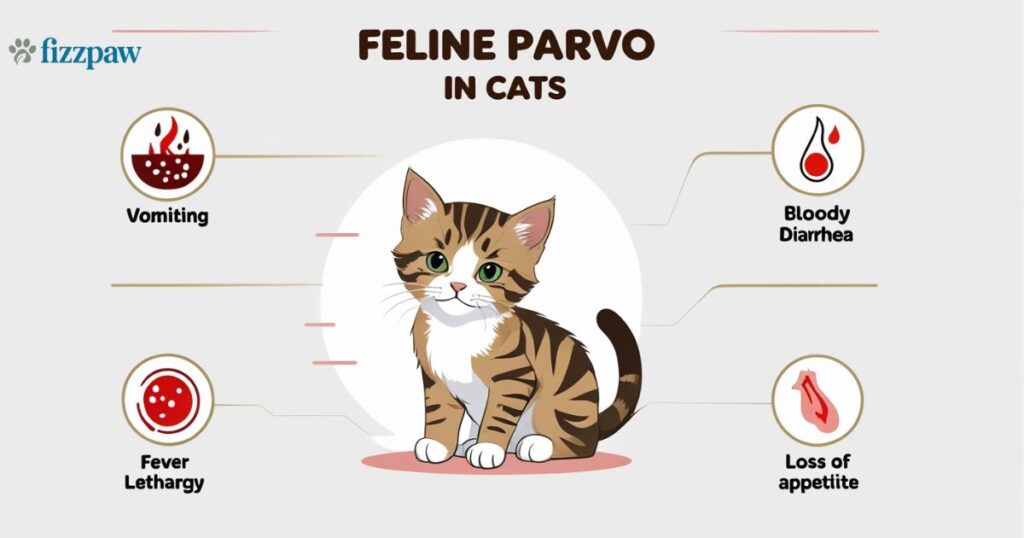
The first signs of feline parvovirus could be difficult to detect. If you notice your cat is tired or sitting at the food bowl but not eating. These are among the earliest signs of parvo among cats. Other symptoms that are commonly seen are:
| Symptom | Description |
| Fever | High temperature early, then drops in later stages |
| Vomiting | Frothy or yellowish fluid, often with bile |
| Diarrhea | Watery or bloody, leads to fast dehydration |
| Nasal Discharge | Watery or sticky from the nose |
| Loss of Appetite | Refuses to eat, may lose weight quickly |
Sometimes, cats don’t show any apparent signs of illness and then end up dying suddenly. In other instances, they carry the virus but don’t appear to be sick. The carriers are able to shed the virus for as long as six weeks. This is known as viral shedding. If you’re unsure, it’s best to consult a vet as soon as possible.
Diagnosing Parvo in Cats
Veterinarians can test for feline parvovirus with stool tests. It is the ELISA testing for parvovirus that is commonly employed in clinics. This test looks for evidence that the infection is present in the cat’s poop. But, it might not be completely precise. Sometimes, additional tests such as the blood count of infected cats can aid in confirming the diagnosis. In panleukopenia, the blood cells are all reduced to a low level, and this is a definitive indication of the illness.
If your cat is suffering from symptoms like vomiting, fever, and diarrhea, and has no history of vaccinations or previous exposure to cats. Your veterinarian is likely to be able to identify feline panleukopenia. They could be able to determine if there is a contagious cat disease, such as feline leukemia or feline immunodeficiency.In such cases, you may wonder — Can Cats Get Parvo? Yes, especially if they are unvaccinated.
How Long Is Parvo Contagious?
One of the most frequent questions pet owners have is “How long will parvo be infective?”. The majority of cats stop losing parvo after two or 3 days after the onset of the illness. Some cats can shed the virus through their urine for up to six weeks. Due to this, securing the cat infected is crucial. Cleanse the house, particularly litter areas, using bleach.
Keeping your cat’s environment clean is key to preventing contagious cat diseases. Learn more in our cat grooming tips guide.
To break it down, here’s a quick look:
| Question | Answer |
| How long does parvo live? | Months to a year on surfaces |
| The cat parvo incubation period | 3 to 10 days before symptoms appear |
| Parvo virus survival in the environment | Long-lasting without cleaning |
Keep your infected cat away from other pets during this time. Always wash hands, change clothes, and avoid cross-contamination.
Parvo in Cats Treatment: Can It Be Cured?
A lot of cat owners wonder, “How to care for cats with parvo?” or if the condition can be cured. Sadly, there is no specific cure for the virus. However, the good news is that a lot of cats are able to survive with support. Treatment for parvo in cats is a combination of IV fluids and anti-nausea medications, and antibiotics to avoid further infections for cats and occasionally feeding via tubes.
IV fluids for cats with parvo are essential. The most significant risk from vomiting and diarrhea caused by cat viruses is dehydration. If treated in a hospital, older cats have higher chances of survival. Kittens are more prone to illness, in particular if they do not receive early care. If you’re wondering, Can Cats Get Parvo, the answer is yes — and it’s especially dangerous for unvaccinated kittens.
The speed of recovery is contingent on when treatment is initiated. Recovery for a cat with an infection can last up to a few weeks. Certain cats recover completely and lead healthy lives following the recovery, particularly if there are no other health issues.
How to Prevent Parvo in Cats
A common query is “Can Cats Get Parvo if yes then how can I prevent the spread of parvo among cat?”. The answer is straightforward is vaccination. The feline parvo vaccine is extremely effective and can protect your cat from this fatal disease. The schedule of vaccination for parvo kittens generally begins at 8-9 weeks old. Following two to three shots, it is recommended to get a booster between the ages of 26 to 52 weeks. Adult cats also require frequent boosters.
This table shows the basic schedule:
| Age | Vaccine Dose |
| 8-9 weeks | First shot |
| 12-13 weeks | Second shot |
| 16 weeks | Third shot (if needed) |
| 6-12 months later | Booster shot |
After vaccination, your cat is safe from the majority of varieties of panleukopenia found in cats. Always consult your vet regarding the best time for boosters. Also, make sure that cats that aren’t vaccinated meet outdoors, cats go to pet stores or parks. This is a frequent source of the cat parvo transmission.
related article:Natural Pain Relief for Cats
Cat Flu vs Parvo: What’s the Difference?
It is possible to be confused by the difference between cat influenza and parvo. Cat flu is usually an illness of the respiratory tract, which can manifest as coughing, sneezing, and swollen eyes. However, feline parvo can affect digestion. It can cause vomiting, bloody stool, and fever. Both look alike in the beginning; however, feline panleukopenia can become more serious quickly.
If you’re unsure, visit your vet. They’ll examine your cat and perform tests to discover what’s wrong with the cat. A quick action could help save your cat’s life.
Final Thoughts
If you’ve ever wondered, “Can cats get parvo? ” The simple conclusion is that yes. Feline parvovirus, also known as feline panleukopenia is extremely grave, especially for kittens and cats that are not vaccinated. But with timely medical care from a vet as well as good hygiene and the right vaccination, it’s preventable. Be aware of the signs of feline parvo, act promptly, and be informed about your cat’s vaccination schedule.
FAQs
How can I know if my cat has parvo?
Look for signs like vomiting, diarrhea, fever, tiredness, and loss of appetite. Only a vet can confirm parvo with tests like blood work or an ELISA test.
Can cats catch parvo from dogs?
Yes, but it’s rare. Newer dog parvo strains (like CPV-2c) can infect cats, though it doesn’t happen often.
Can stray cats give dogs parvo?
Very unlikely. Cats usually don’t spread parvo to dogs. Dogs mostly catch it from other infected dogs or contaminated areas.
Can a cat survive parvo?
Yes, many cats recover with fast vet care, fluids, and antibiotics. Kittens have a higher risk, but adult cats often survive.
What is the most fatal disease in cats?
Feline infectious peritonitis (FIP) and feline panleukopenia are among the deadliest cat diseases, especially in unvaccinated cats.
Diagnosing parvo in cats?
Vets use stool tests like ELISA and blood tests. A noticeably low white blood cell count is often a clear indicator of a serious infection.

